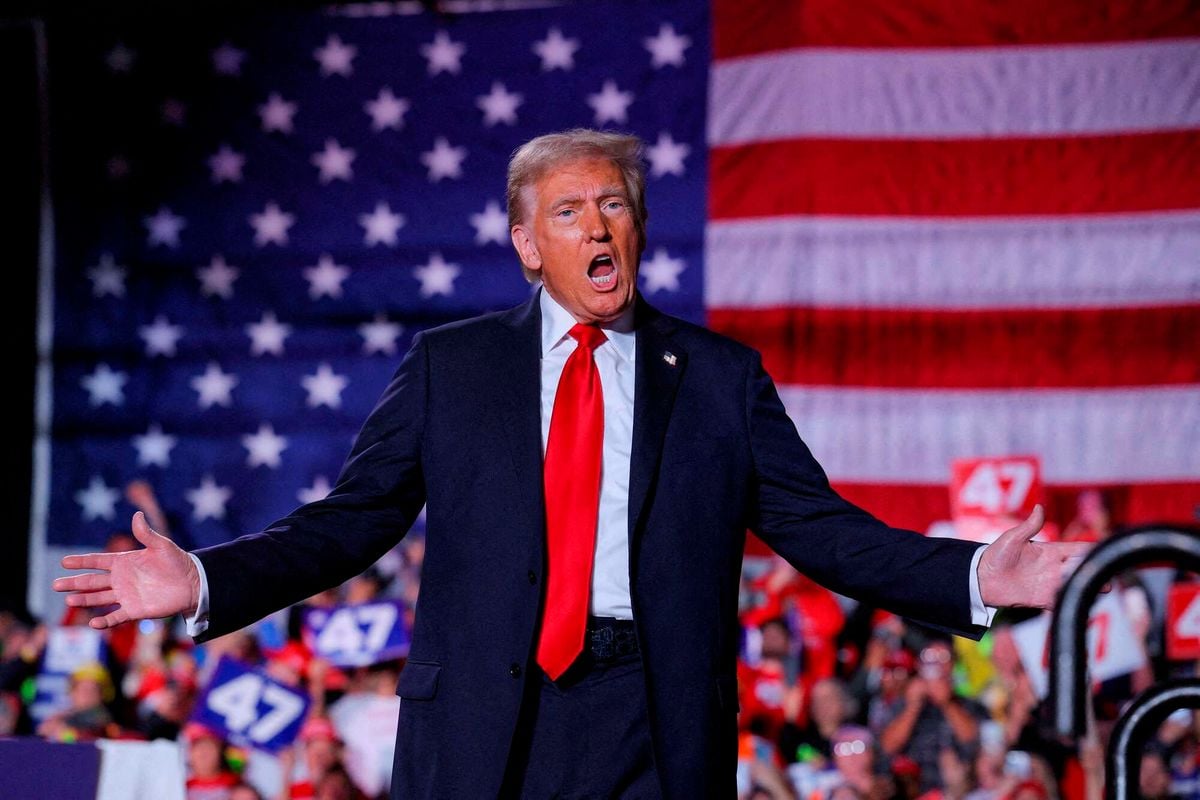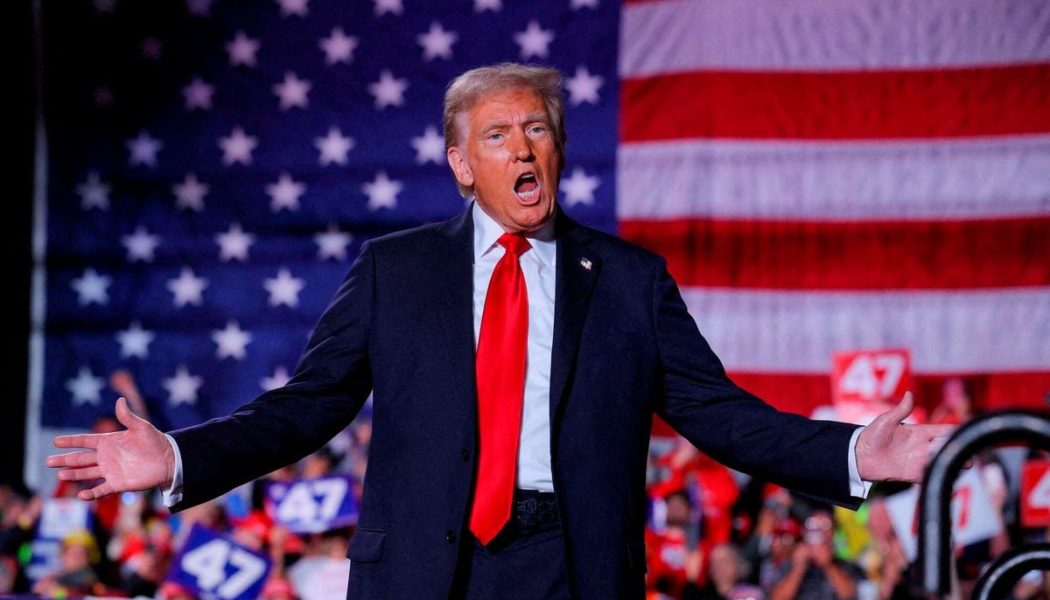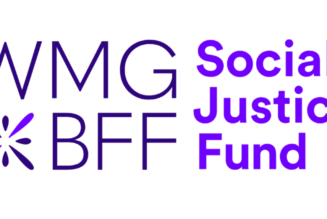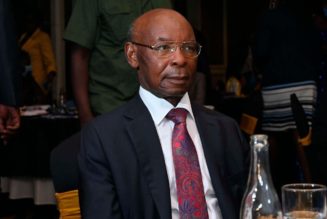
Kenya’s trade and investment deal with the United States that was set for conclusion next month has been thrown into uncertainty after Donald Trump was elected US president, capping a remarkable comeback four years after he was voted out.
Both Nairobi and Washington, through US envoy Meg Whitman, had earlier in the year indicated a desire to wrap up the long-standing negotiations by end of the year.
But the return of Mr Trump will take Kenya back to a familiar territory that has seen negotiations that started in 2018 derailed by a new occupant at the White House.
Trump, 78, recaptured the White House on Wednesday, prevailing after two attempts on his life and a late decision by Democrats to front Kamala Harris when President Joe Biden withdrew from the race in July.
For Kenya, this signals the start of fresh negotiations given that Mr Trump and the outgoing president, Biden, pushed trade deals that were polar opposites.
The Trump’s administration of 2017-21 mooted a full free trade agreement with Kenya, seeking to lower tariffs between the two nations, in 2018 before starting formal negotiations in 2020.
But the Biden administration, which has shunned traditional trade deals, did not resume those talks.
Instead, it opted for talks about a non-tariff partnership focused on boosting labour and production standards in Kenyan economic sectors like agriculture and digital services in ways that facilitate American trade and investment.
It remains to be seen whether the newly minted Trump team would restore the full trade talks with the dumping of the Biden pact amid the end of the Africa Growth and Opportunity Act (Agoa), a preferential trade programme that will expire in 2025.
Mr Trump’s administration initiated the trade negotiations in earnest during his first stint in the White House under a comprehensive Free trade agreement (FTA), but this was discontinued by the current Biden White House in favour of US-Kenya Strategic Trade and Investment Partnership (Stip).
The Biden-era STIP talks have progressed since July 2022, with eight rounds of negotiations taking place in September.
But they are likely to be reviewed again to align to Mr Trump’s protectionist trade policies, including lowering tariffs for American firms.
Although the Biden-era negotiations cover most of the areas that had been proposed in the Trump-era FTA, they do not capture tariff barriers for American firms doing business in Kenya.
“Stip does not address tariff barriers, as would a comprehensive FTA. The Biden administration has not indicated whether or not it will seek congressional approval for STIP,” Congressional Research Service (CRS), an agency which advises American lawmakers, wrote in May ahead of President William Ruto’s State visit to Washington.
Kenya had hoped that the deal under Biden would not address tariffs but would complement Agoa and cushion the blow for Kenya if the programme is not extended.
America has been keen to ink a bilateral deal with Kenya, perhaps as a reward for its role as strategic partner in Africa.
As a strategic partner, Kenya acts as a hub for the US security initiatives in the region, is a major beneficiary of US security and foreign assistance and hosts the largest US embassy in sub-Saharan Africa (SSA).
Total trade between the two countries grew to Sh177.03 billion in 2023 from Sh114.19 billion in 2019.
While Kenya’s exports to the US over that period have grown 23.77 percent to Sh64.26 billion from Sh51.92 billion, imports have climbed more than half (55.02 percent) to Sh112.76 billion.
Doubts have, however, been raised over the plan to elevate Nairobi’s status in trade with the US by becoming the first sub-Saharan African country to sign a bilateral deal.
Morocco remains the only country in Africa with an FTA deal with the US. Talks to sign a bilateral trade deal between US and South Africa collapsed in 2006 after the two parties failed to agree on the scope.
“The broader picture [is that] both President Uhuru Kenyatta and William Ruto were cheated into a line of thinking that Kenya can do a bilateral market access preference by the US outside the Agoa,” said Dr Mukhisa Kituyi, former Secretary-General of the United Nations Conference on Trade and Development (UNCTAD) and formerly Kenya’s Trade minister.
“Some of us raised a red flag that it was delusional because there was no way that Kenya could negotiate on a one-on-one basis a better deal than it could negotiate as part of a package of more than 40 countries.”
Analysts say while it is hard to project the direction the US-Kenya negotiations are likely to take as America calibrates for Mr Trump’s return to the White House, the Biden administration’s document differs slightly from previous comprehensive FTA document.
“They [Biden’s Stip and Trump’s FTA] are radically different. However, if you look at the chapters that are covered within the STIP, they are largely reflective of the chapters that were in the FTA,” Maxwell Okello, the chief executive of American Chamber of Commerce-Kenya, said.
“We are, however, independent as a business body and work with the government of the day.”
The Stip negotiations, which started late 2022, have largely centred on non-tariff trade issues such as liberalisation of agriculture, anti-corruption, digital trade, workers’ rights, environmental issues, cross-border trade facilitation and promoting growth of small and medium enterprises.
The discussions for the proposed bilateral deal started in earnest in August 2018 when then President Kenyatta made a visit to the White House.
The former presidents of the respective countries—Mr Kenyatta and Mr Trump —at the time identified economic development and trade as the pillar of the “strategic relationship” between Kenya and the US.
Mr Kenyatta’s visit had come seven months after Mr Trump’s disastrous rhetoric on Africa when he infamously referred to countries in Africa as “s***hole”.
It was not until two years later in July 2020 that the two countries launched formal negotiations for a free trade agreement. The Trump-era talks were, however, slowed by Covid restrictions before being temporarily put on the ice when the Biden administration took power in January 2021.









